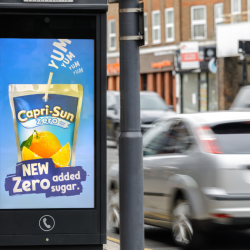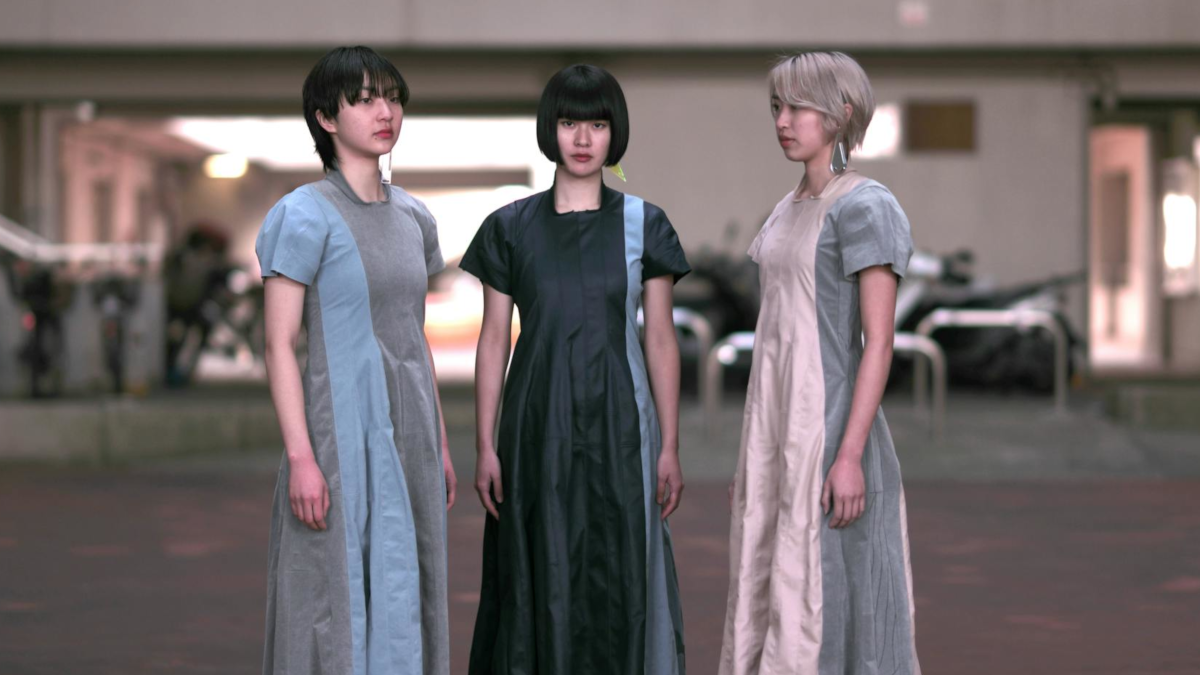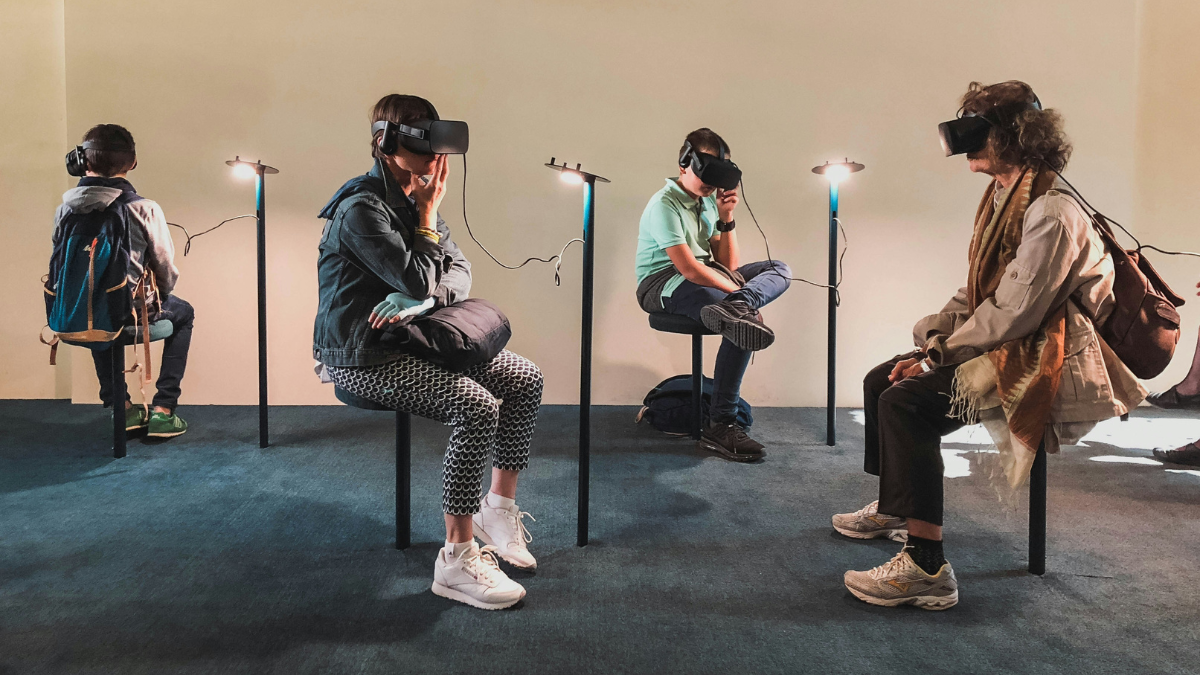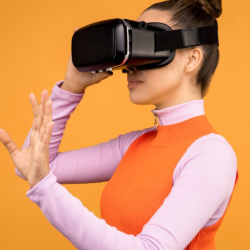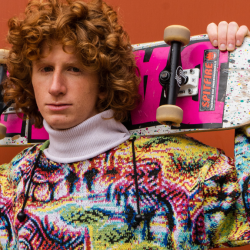Machines are often seen as the antithesis of humanity and creativity, especially in an industry as inherently artistic as fashion. Yet technology often has a surprising way of enhancing creativity, and in some instances, can even save lives. Take the military’s switch to pixel camouflage. This seemingly simple, technology-driven change revolutionised military uniforms. The pixelated pattern, rigorously field-tested, proved more effective in various environments, ultimately saving lives by improving concealment. Fashion marketing finds itself in a similarly transformative phase: as debates around fast vs slow fashion, digital innovation, AI, ethics and sustainability heat up, we find the lines between virtual and physical increasingly blurred.
The rise of AI and Machine Learning in fashion
Artificial Intelligence (AI) and Machine Learning (ML) are not just buzzwords; they are powerful tools that optimise production processes, develop sustainable materials, enhance supply chain transparency, and support recycling efforts.
- AI algorithms: can predict fashion trends by analysing vast amounts of data from social media, runway shows, and street styles. This predictive power allows brands to stay ahead of the curve, designing clothing that is both trendy and in demand. Zara uses AI to analyse customer feedback and sales data, enabling them to quickly adapt to changing trends, while Adidas employs AI to forecast fashion trends and manage inventory with greater precision. This not only optimises their supply chain but also allows for the creation of cutting-edge materials that enhance performance and sustainability.
- Machine Learning models: help in creating sustainable fashion by optimising resource use and reducing waste. Stella McCartney is leveraging AI to streamline their supply chains, demonstrating how these technological tools can help minimise the environmental impact of fashion production. Both Tommy Hilfiger and Marchesa have partnered with IBM to integrate AI into their fashion design processes. Tommy Hilfiger, through the Reimagine Retail project, uses AI to analyse consumer data and create fashion collections that align with current trends and preferences. Meanwhile, Marchesa collaborated with IBM’s Watson to develop the Cognitive Dress, which changes colours based on the wearer’s emotions.
So is this innovation, creativity or the very opposite? Whatever it is, it’s quietly promoting a more sustainable future with an impact previously unimaginable. Additionally, machine learning enhances the customer experience by providing personalised recommendations and improving customer support. Brands can use ML algorithms to analyse customer preferences and tailor their offerings accordingly, creating a more engaging and satisfying shopping experience.
Digital innovation: beyond AI
While AI often dominates the discourse, other digital innovations are equally transformative. From 3D printing to machine vision, code, technologies and algorithms are reshaping the fashion landscape in unexpected ways:
- Zero-waste design: Algorithmic Couture by Synflux leverages 3D scanning and machine learning to create custom-fit garments, not only enhancing the quality of the designs, but optimising fabric use and minimising waste. AI-driven design optimisation further enhances this, by predicting trends and optimising patterns, ensuring efficient fabric utilisation and reducing off-cuts. H&M are currently exploring 3D-based design and zero-waste pattern cutting techniques, inspired by traditional methods, to eliminate fabric waste during their design process.
- Unlock creative constraints: 3D printing also allows for faster iteration at increasingly reasonable costs. This technology democratises fashion, permitting custom designs without the need for expensive equipment and materials. It empowers designers to bring their visions to life, creating intricate designs that were previously, well… impossible. Designers like Iris van Herpen and Danit Peleg are pioneers in using 3D printing to create stunning, avant-garde pieces.
- Body scanning and AI-driven fit: Companies like 3DLOOK are revolutionising how we shop with body scanning solutions. Their Mobile Tailor captures body measurements remotely to create custom clothing that fits perfectly — reducing returns and waste, lowering business costs, and making personalised fashion more accessible.
- Transparency and ethics: Then there’s blockchain technology, with pioneers like Everledger leading the charge. By ensuring every step of the production process is traceable, blockchain helps brands prove their commitment to ethical practices and sustainability.
- Smart textiles and wearable technology: And let’s not forget about smart textiles. Imagine fabrics that can monitor your health, adjust to temperature changes, or even charge your devices! Google’s Project Jacquard is already making this a reality, opening up new possibilities for functional and fashionable clothing.
Accessibility: fashion for all
Thanks to technological advancements fashion is becoming more inclusive, expanding into areas that were previously out of its reach.
- Prosthetics and design for good: During Ukrainian Fashion Week SS25, (the first held since the war in Ukraine broke out in 2022) brands and designers like GASANOVA, Andreas Moskin, and Andriy Bilous invited amputee veterans to walk the runway. Ruslana ‘Unbreakable Rusya’ Danilkina modeled GASANOVA’s designs, raising awareness for the rehabilitation project, Superhumans. Moskin and Bilous’ presentations also promoted a powerful message of strength and inclusivity and demonstrated how advanced prosthetic technology can be seamlessly integrated with high fashion.
- Adaptive clothing: The global adaptive clothing market is expected to grow substantially, driven by increasing awareness and demand for inclusive fashion. Both Europe and North America have seen significant launches, with brands like Tommy Hilfiger, Skims, Zappos Adaptive and Marks & Spencer leading the charge, aimed to help kids and adults with special needs. Pilot projects like [RESET] in the UK and initiatives by George Brown College in Canada are pioneering adaptive clothing solutions. Arc’teryx, in collaboration with SKIP, has introduced the Mo-Go powered pants, which enhance mobility.
- Virtual fitting rooms and accessibility: Additionally, augmented reality (AR) enabled virtual fitting rooms are revolutionising the shopping experience. H&M and Google have both adopted virtual fitting rooms that allow customers to try on clothes digitally, ensuring a perfect fit without the need to physically visit a store. This technology is particularly beneficial for individuals with disabilities, providing them with a more accessible and convenient shopping experience. By using AR, retailers can offer a personalised and inclusive experience, making fashion truly accessible to everyone.
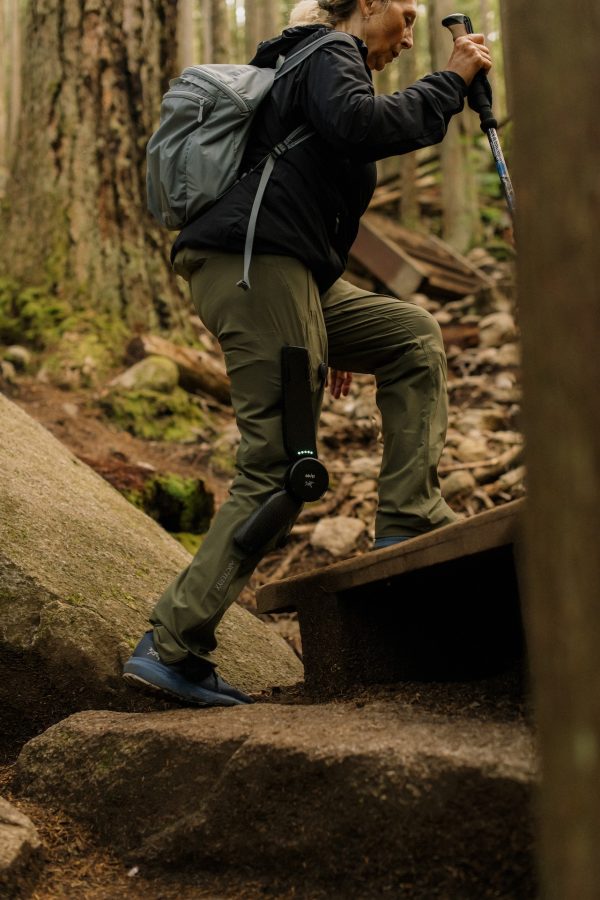
The future of fashion: a blend of art and science
The future is shaped, not served. The future of fashion in this regard lies in the seamless integration of technology and creativity. In many ways, writing code is akin to weaving fabric; both require precision, creativity, and a deep understanding of the medium. This fusion of art and science is not just about creating new designs, but also leaving a lasting impact.
The future of fashion is not simply a matter of analogue versus digital either. As the science behind these technologies continues to evolve, so too will the art behind the intricate process of fashion creation. The blend of technology and creativity is but a humble testament to this evolution. By mastering more refined tools, we subsequently continue a generations-long tradition of mastering the craft. Alexander McQueen used to call fashion ‘a form of magic’, as ‘it has the power to transform and elevate the ordinary into the extraordinary.’ And as Arthur C. Clarke once said, ‘Any sufficiently advanced technology is indistinguishable from magic’.
I’d like to think of the future as neither solely machine nor human. It’s a gamble for the opportunity to leave our mark, to be remembered for our vision and values, reflected in the work.
Featured image: Algorithmic Couture by Synflux
